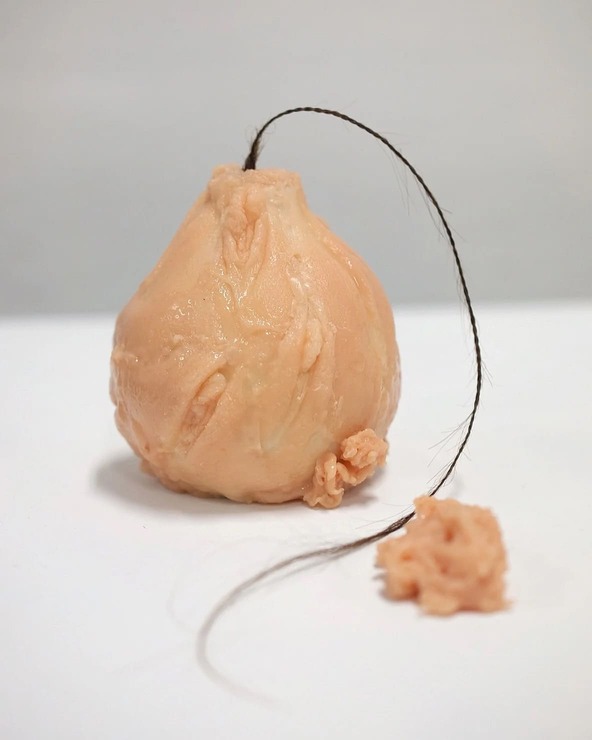We all interpret it differently and that’s what’s so beautiful about it. Like most things, art must have a co-dependant partner in making the underlying message whole. Looking at classical art pieces from Goya or Vermeer who have churned out icons like Saturn Devouring His Son which critiques Greek mythology or The Girl with the Pearl Earring speaking on the socio-political climate of 14th century the Netherlands and the shadows of desirable wealth.
Feminism as expressed by Chimamanda Ngozi Adichie in Beyoncé’s epic song Flawless states that a feminist is “a person who believes in the social, political, and economic equality of the sexes”. Feminist art re-affirms this statement by also highlighting the importance of sex differences, gender differences, emotional, physical, and mental differences while creating a space for women to examine and understand these affirmations.
This month, we introduce Kara Inez, a Malaysian artist who has time and time again used her voice in the art to create pieces that have pushed people out of their comfort zone, to truly understand the depths of the female body. Scrolling through her extensive work, she has since moved on from oils on canvas to more loud and expressive art pieces for the general audience. Strands, Vagina Party, Go For Waxinglah & Embracing Abjection are some of the many examples of projects that she has worked on. Each one of these separate projects that she has created over the past few years touch on feminism; how unrealistic body standards have throughout history been fed to women, giving women of different cultural backgrounds a voice to speak all whilst not straying away from her voice as a means to challenge the social constructs set in place surrounding the female body.
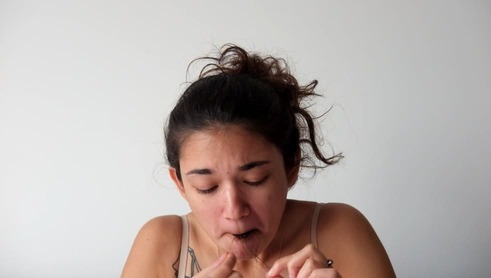
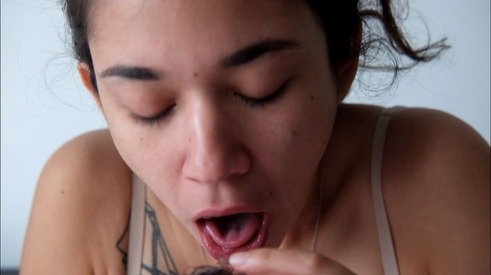
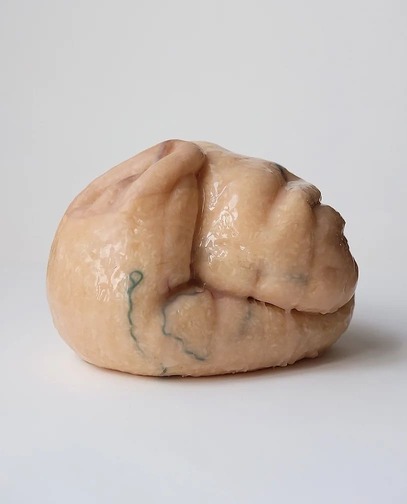
Hey Kara, before we get started, why don’t you tell us all a little about yourself?
Kara: I’m quite strange. I have really big untameable hair and my wardrobe consists of black everything. You might catch me in the cracks of the city exploring and talking to strangers. I love people and the stories they come with. Don’t be surprised if I transcribe our conversations into my sketchbook while we talk and collect random things on my journey. Just me recording moments. I was born and bred in Kuala Lumpur. I was lucky enough to be given the chance to hop around the world to study art which completely blew my mind in terms of the different cultures and the ways of living that I was exposed to. These journeys have definitely moulded me into the artist and woman I am today.
You’ve done so many pieces (from painting to sculpturing and even performance art). Take us through the process of the expressive art you’ve created.
K: I definitely draw from personal experiences and use that as a starting point. My project, “Go For Waxinglah”, for example, was inspired by a shocking line someone threw at me about the hair on my arms (even named the project after it). I then start my research and expand it from a personal perspective to a sociological one. Artist references play a big part in the making of my works to explore how other artists have tackled similar issues, to see where my work stands within that realm and what differentiates my work from other artists. The mediums I employ are dependent on the ways I choose to best translate my vision into form. Some things require more depth that certain mediums do not offer.
Do you have any artists that you look up to for inspiration for your artwork?
K: Doreen Garner, Jenny Saville, Sarah Lucas, Berlinde De Bruyckere, Basquiat, Blast Theory, Ana Mendieta, Carolee Schneemann, and the list goes on and on! Such inspiring creatives out there in the world! I am constantly coming across artists that push the boundaries in terms of the ways in which they tackle their respective topics.
Do you have any more interesting art projects coming up? Give us the scoop on the good stuff!
K: The information deficit concerning the female body in Malaysia provoked me to challenge the boundaries set in place that require these important conversations to be limited to private spheres by exposing my personal traumatic experiences regarding my dysfunctional female body through my collection of grotesque creatures titled, Defective: Absent Bodies, 2019. The collection comprising of 9 monstrous human-like creatures are a manifestation of the emotional and physical trauma that came with the incredibly painful condition I had called endometriosis. Through these sculptures, the insides are made visible and are separated from the body, blurring the distinction between the self and others while forcing the horrific realization of our own mortality onto us. The sculptures that are made out of stockings, cotton wool, hair, rice, and silicone resemble distorted, decapitated, and mutated parts of the human body that are kept hidden or deemed as aspects that threaten the purity of the human body such as excess hair, bodily functions, protruding bulges, infection, decay, and orifices. The discomfort in the pieces lies within their materiality that mimics bodily aspects, where there is a repulsion yet empathy that comes with their uncanny familiarity. The creatures play with our conflicting innate curiosity and repulsion towards the unknown and foreign. The creatures invoke the feeling of disgust in the viewer which forces them to question the reasons behind their personal repulsion towards these natural forms and bodily fluids.
The sculptures resemble failed science experiments and abandoned mutated creatures that embody the emotional and physical struggles I faced with my dysfunctional female body and the necessary medical intervention that left me traumatized and scarred. They are horrific outcasted foreign bodies that science failed to tame. They remain absent from social spheres due to their grotesque aesthetics and inability to carry out their obligations and functions that allow them to safely exist within society. Acting as a form of rebellion, these creatures parallel the suppression of information surrounding the female body in Malaysia. I employ the abject in my work to induce a visceral reaction within my audience to provoke a needed interrogation into the constructs set in place surrounding the female body as a means to re-inhabit the social sphere with these absent bodies.
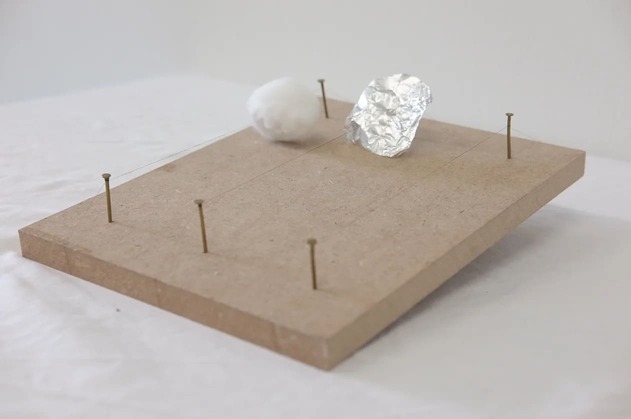

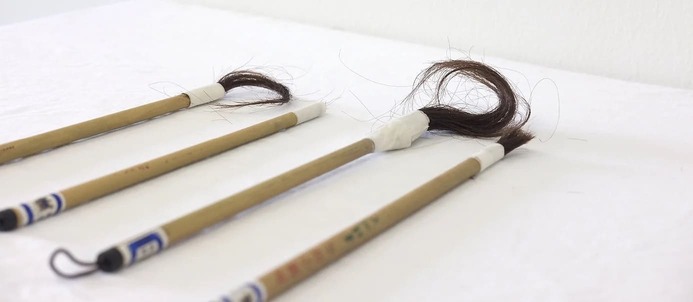
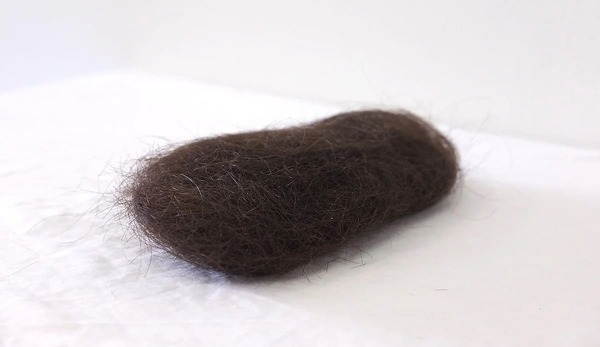
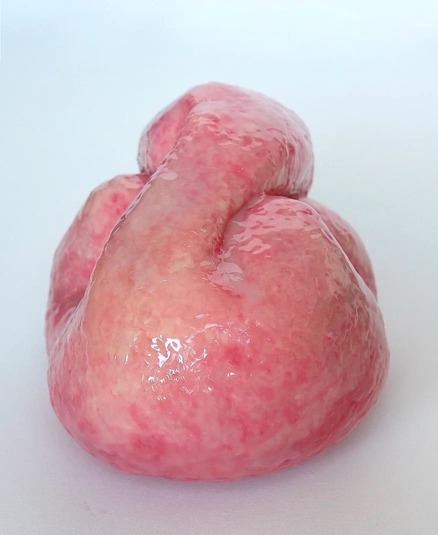
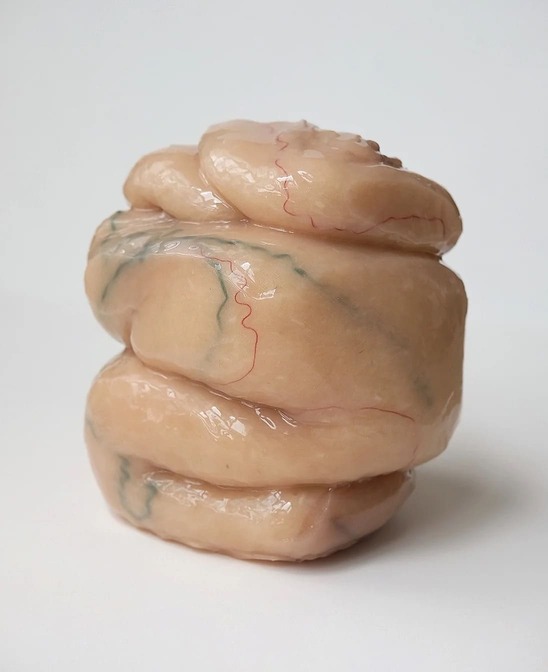
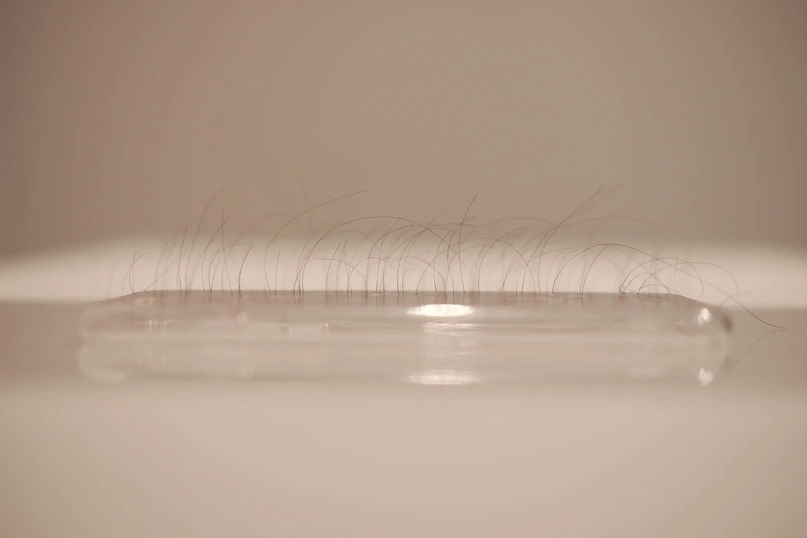
What was the reaction that you got from family members as well as friends, when they found out that you have created such expressive art pieces?
K: My family is incredibly supportive, always has been, but they do get concerned with my work because it can be quite controversial. I don’t think making hairy nipples and grotesque creatures were what they had in mind when they sent their daughter to art school. Haha. Even though my works might make them feel uncomfortable, they show up to every show with proud smiles on their faces which means the world to me. My friends have always been my biggest cheerleaders 🙂 I am blessed! Being raised around such strong and open people has given me the drive and courage to talk about these important issues that deserve more attention.
Venturing into art in Malaysia is more than often regarded as “dead-end”. You must have had tremendous support from your parents! How was that like?
K: It is such a sad misconception that taking up art as a profession will get you nowhere. Studying art has completely changed my perspective on the world. Artists have such a unique voice and with it the power to effect change. I grew up thinking about taking up art as a profession was never a possibility. Art was not something that was emphasized in school or supported by the government in terms of the number of grants made available to artists to further their practice in the arts. There is such importance and need for artists as they provide a necessary reflection of the world we live in, forcing us to interrogate the constructs set in place that govern our way of life. The art community is so supportive when it comes to young upcoming artists. I owe a lot of my growth as an artist to my fellow creatives who have offered their wisdom and guidance along this journey.
Strands is one of your new projects that create sounds with found objects and human hair. The audio file played throughout the exhibit almost sounds like a horror movie soundtrack! However, what drove you to use, hair?
K: Hair has always been my go-to material for my pieces. Hair has such a religious, social, and cultural significance to human societies. As soon as it parts with the body though, hair becomes associated with the abject and deemed as filthy and unclean. I’m always curious to see the reactions of people towards this socially outcasted human material that naturally occurs on the body when incorporated in art pieces.
Describe the moment in your life when it occurred to you to “take a stand” against the gender norms, discrimination as well as the unrealistic body standards put on people, especially women.
K: I went through a dark period a few years ago where I was on medication for depression and anxiety. Severe weight gain and severe acne were some of the many side effects that came with this necessary medical intervention. I never had a problem with my body until I started getting very negative responses to this physical change from strangers as well as friends. It upset and angered me to experience first-hand people’s reactions when confronted with a body that contrasted the socially constructed beauty ideal that deemed a desirable female body as controlled, devoid of imperfections and lumps and bumps. The whole experience had a terrible effect on my self-esteem and drove me to an even deeper state of depression. I had the same reactions from growing out my body hair for my project, Go For Waxinglah, 2018. I got such strange looks and laughs from people on the street and negative comments from friends. I just couldn’t believe it. I had to take a stand in the only way I knew how, through my art, to bring these important issues to the surface and force people to come face to face with these suppressed natural bodies.
The project, Vagina Party gave a platform for women to talk about themselves in a raw, non-judgemental way. How do you feel about the standards that porn has set for women and how they reflect on their bodies?
K: Vagina Party was such an amazing experience for me. It became the driving force for change in my artistic direction. For those who aren’t familiar with Vagina Party, 2018, it stemmed from the lack of conversation that is currently being had on the female body. I was curious to learn about how other women around South East Asia dealt with this information deficit. Vagina Party, 2018, comprised of gatherings exclusively for women to have conversations on the important issues surrounding the female body, beauty ideals, body politics and personal stories that relate to being a woman in order to investigate how the concept and perception of the female body differ from country to country, and in what ways their personal histories and culture play a part in the construction of this perception. While their conversations were being recorded, their vulvas were being molded simultaneously, revealing what is traditionally kept hidden in terms of the body and the intimate conversations shared between women. This piece acts as a way to bring these suppressed topics to the surface by making the interviews accessible to the public through social media.
Porn was a topic touched on during one of these interviews. It is not just porn but the media as a whole that bombards us with one-sided representations of the female body. The vulva, for example, is portrayed as hairless and tucked in when in reality vulvas come in all shapes, colors, and sizes. I rarely come across long labials in porn. This is very harmful to women as well as men who only have the media as a source of reference for how female bodies should look like.
You were on a one-track road studying sciences right up till A-levels. What pushed you take the leap into arts?
K: The human body has always intrigued me. Studying sciences opened that window into what goes on beneath the skin and what makes the world tick. Art has always been a passion of mine and I have always incorporated the body into my work. I was always torn between the two but when the time came to choose which direction to further my studies in I jumped at the opportunity to study Fine Arts. I was lucky enough to have parents who realized my passion for art and encouraged me to pursue it as a profession. I knew at the time that my understanding of art was very limited and wanted to broaden my knowledge in this field that I had so much love for. Best decision I ever made. No regrets.
Before ending this interview, do you have any advice for young, inspiring artists, who are wanting to venture into the arts?
K: Be informed about the world you live in. Constantly question what is presented before you. Don’t be afraid to take risks and experiment. Challenge. Artist references, know what your fellow creatives are churning out. Keep making art! Don’t be discouraged if you don’t create a masterpiece on your first, second, hundredth go, you learn so much with every piece you create and are constantly getting better even if you don’t realize it.
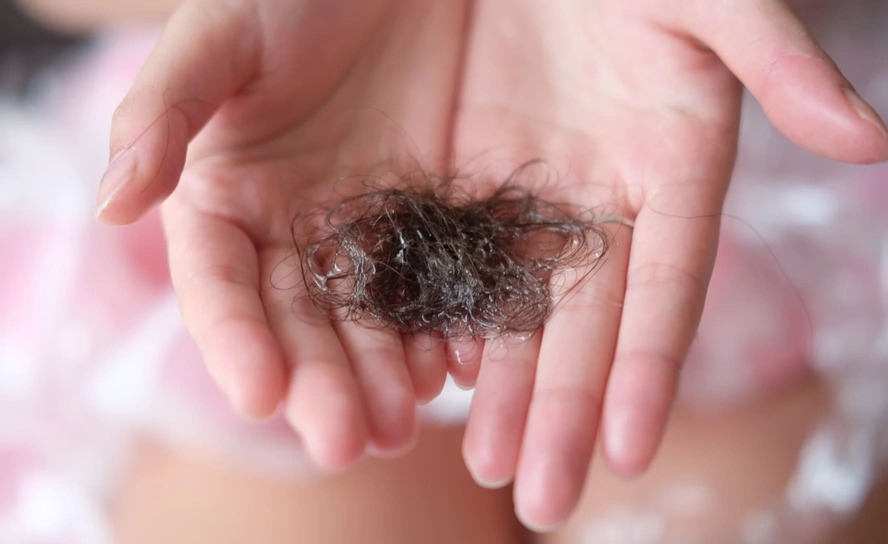
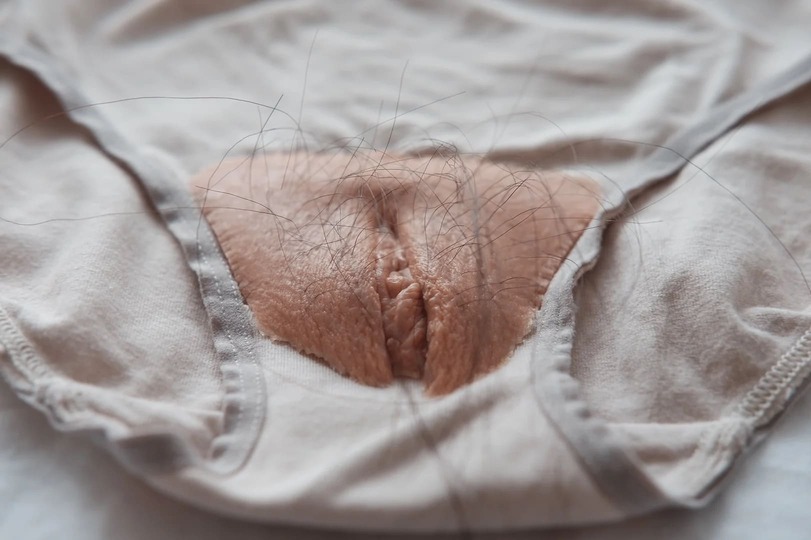
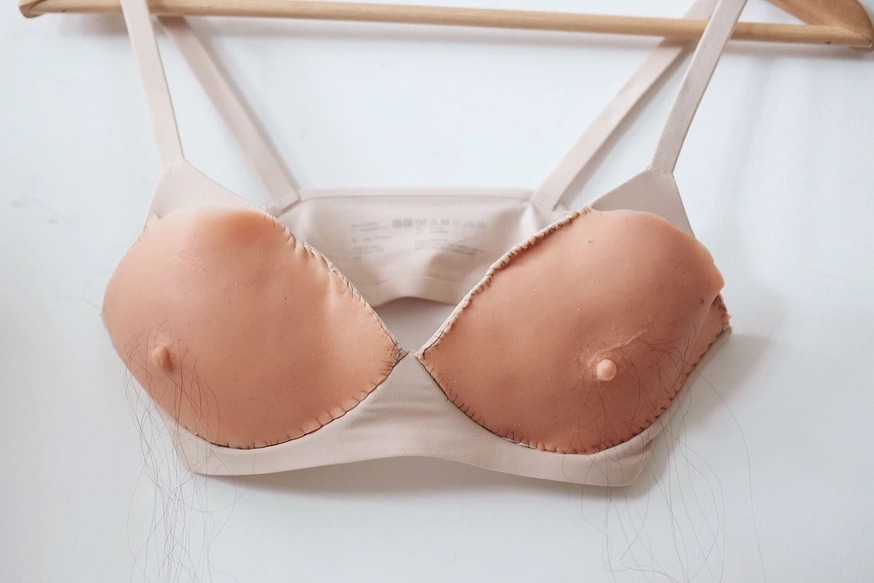
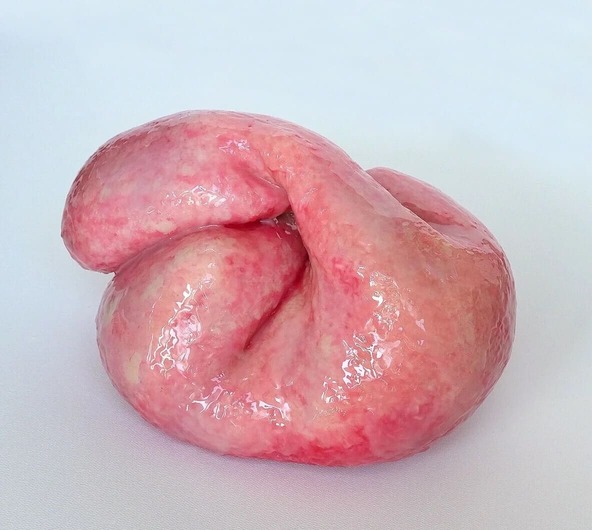

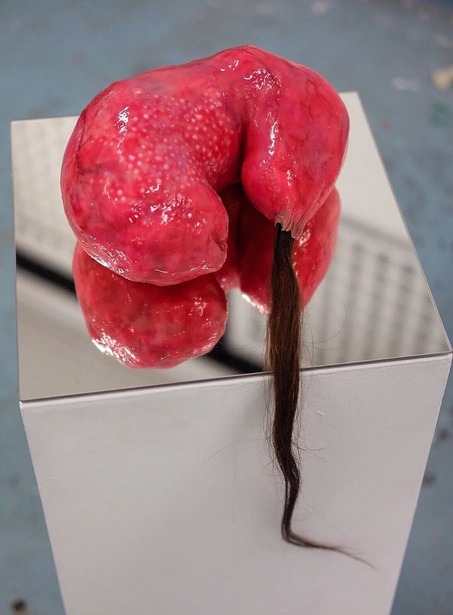
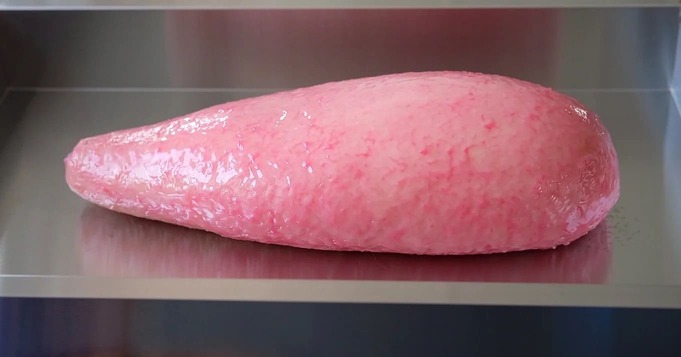
Kara Inez recently graduated from LaSalle College of the Arts. Being the recipient of this year’s Winston Oh Travelogue Award, she is set to venture to India to further her research on the hair trade. Her experience will then be translated into form in an exhibition taking place at the Institute of Contemporary Arts in Singapore.
You can follow her on Instagram @karzmarz and check out all her artwork on her website at www.karainez.com

